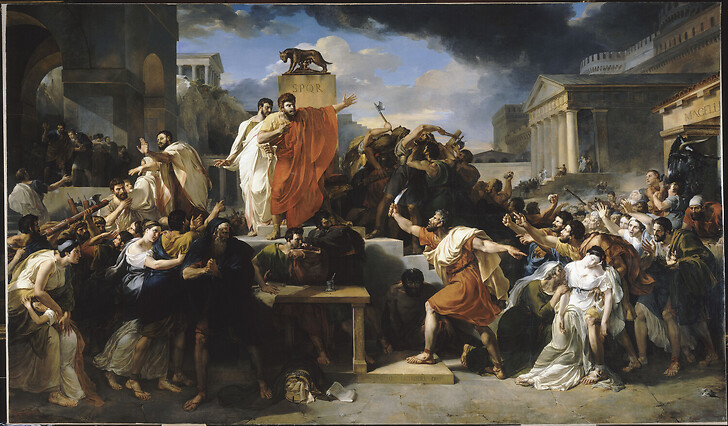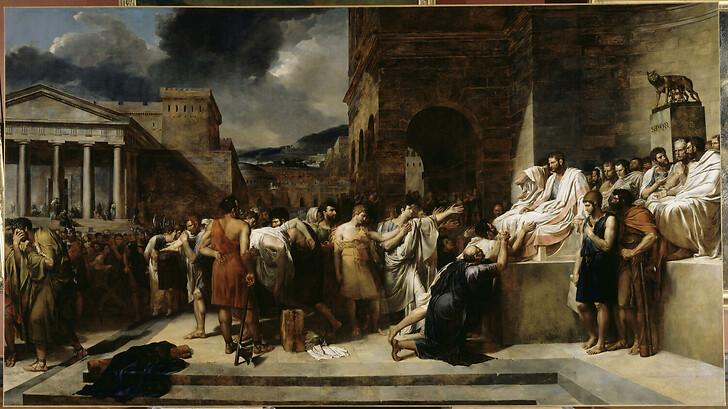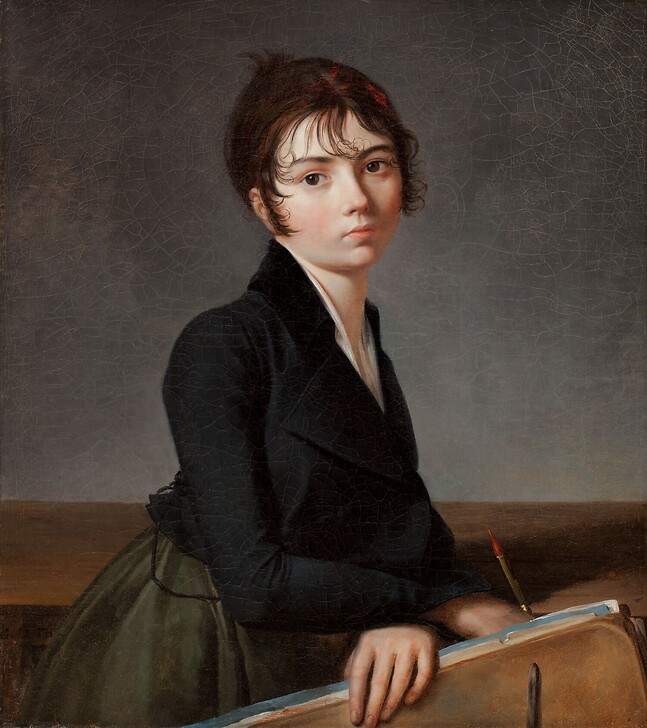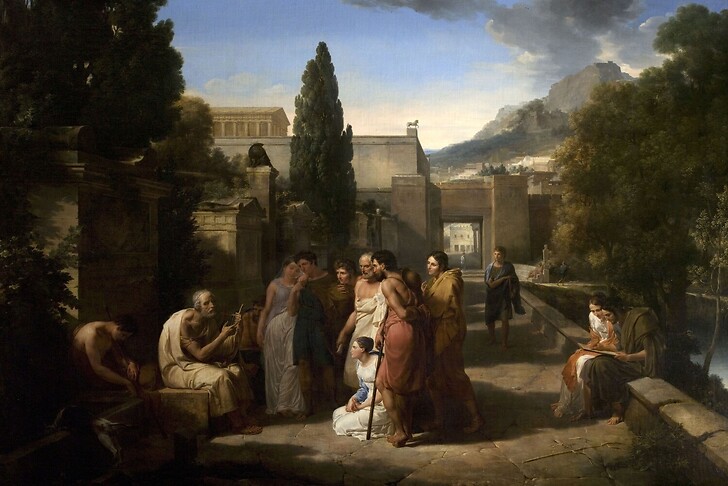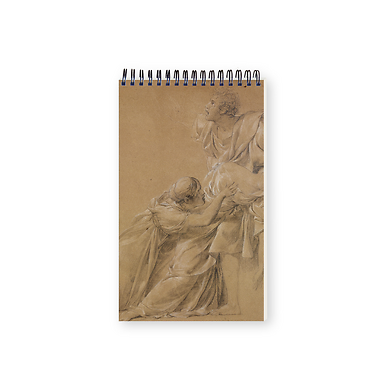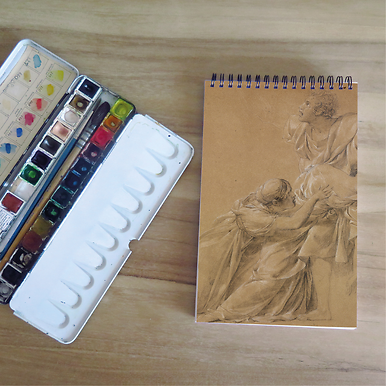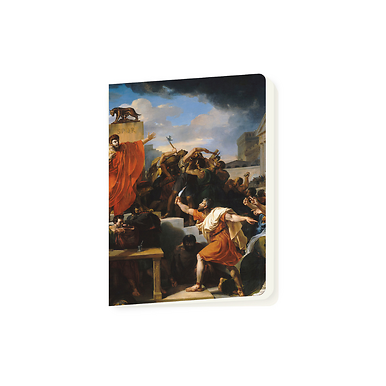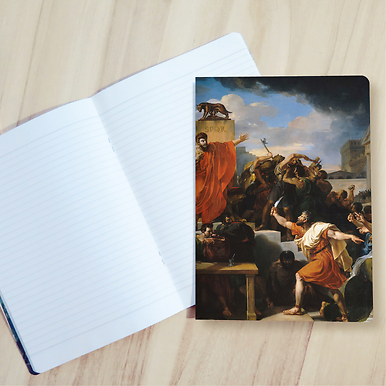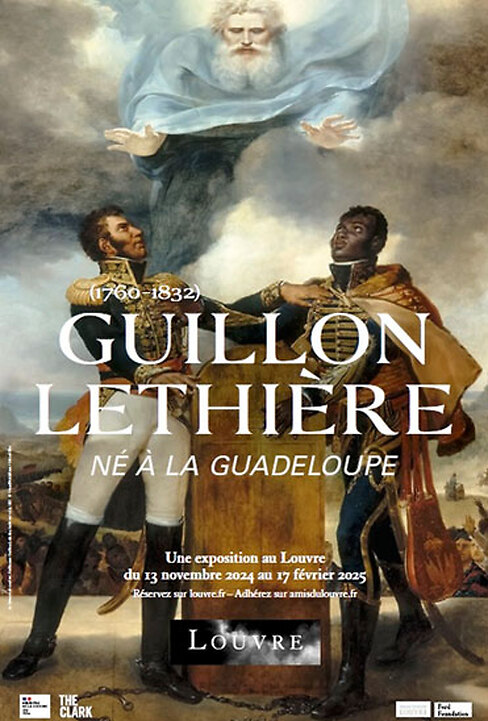
Guillon Lethière, Born in Guadeloupe
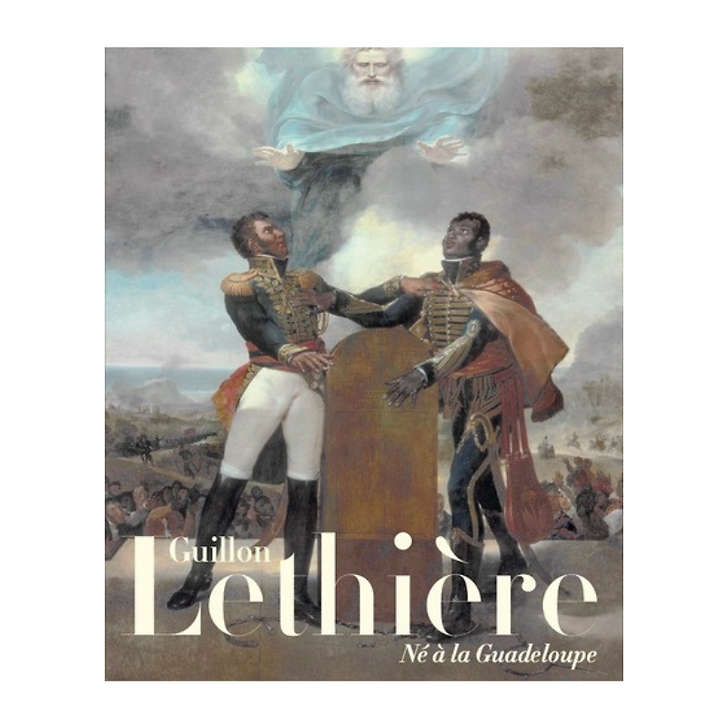
Exhibition catalogue Guillon Lethière, Né à la Guadeloupe
- Current price€ 59

Guillon Lethière, Born in Guadeloupe
Guillaume Guillon Lethière was "one of the great authorities of his time" writes Charles Blanc in his Histoire des peintres de toutes les écoles (1865). Born in 1760 in Sainte-Anne, Guadeloupe, the illegitimate son of a slave of African origin and a white French royal official, Guillon Lethière had an exceptional career, holding some of the most prestigious positions in the world of the arts. Throughout his life, he maintained close ties with personalities and artists from the Caribbean, and with the Dumas family - the General, also the son of a slave, and the young writer Alexandre Dumas. Like many of his contemporaries, he had to adapt to a rapid succession of regimes and political reversals to obtain his commissions, from the revolutionary period to the dawn of the July Monarchy.
This exhibition takes you on this unique and eventful journey, at the same time revealing the possibilities offered by an era of change and upheaval. It is an opportunity to rediscover his work, largely devoted to classical and literary subjects, and his most famous painting, The Oath of the Ancestors, offered to the newly created republic of Haiti, in which he expresses his solidarity with the freedom of populations and the equality of human beings.
